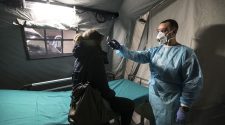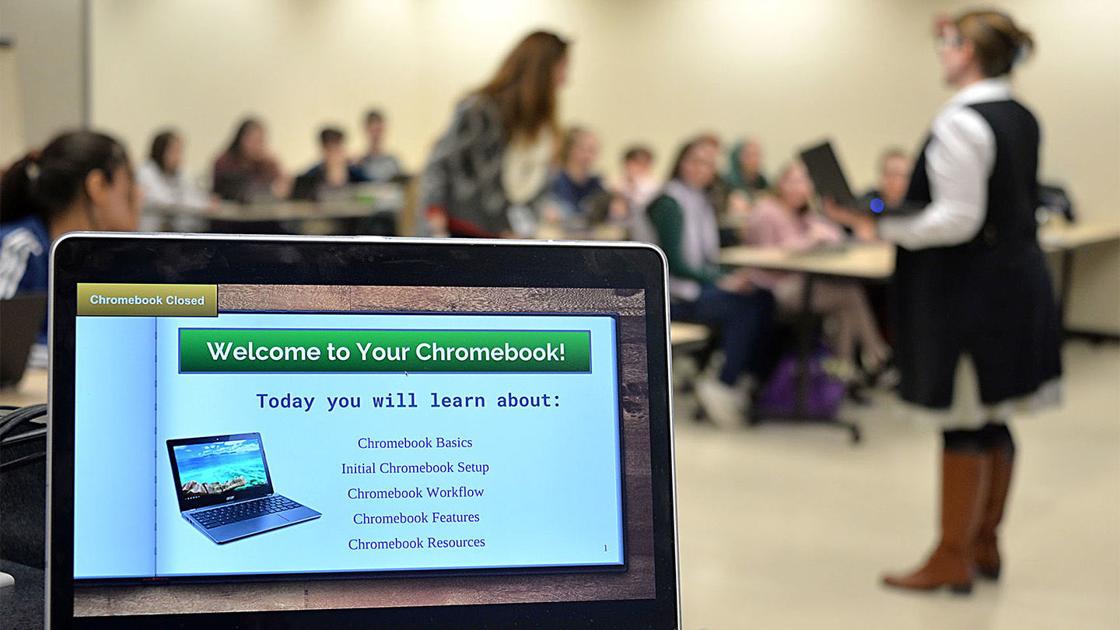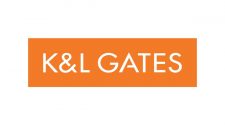Washington County Public Schools is ahead of the technological curve compared to many other Tri-State school districts, according to officials.
The district of around 23,000 students launched its Digital Learning Plan in 2015, with all students grade three to 12 being assigned an iPad by 2016.
Last fall, a pilot program with Chromebooks started at North Hagerstown High, with another launching this past spring at Barbara Ingram School for the Arts.
In January, the board of education approved a replacement program for iPads at Boonsboro High School, as part of a plan to determine what works best for high schoolers.
WCPS also provides devices for pre-kindergarteners through second-graders to use while in school.
According to Peggy Pugh, chief academic officer/associate superintendent of curriculum/instruction, the access students have to content is vital as WCPS improves their digital literacy and prepares a competent workforce for the 21st century.
“It’s not like they can forget a book. If they have their iPad, they have access to science, social studies, literature, online applications that are game-like and are fun to play, but reinforce the learning,” Pugh said.
Along with work being done in class and at home, students can find extra tutorials to help with certain concepts or skills with which they may be struggling.
Pugh said students can take pre-test, get lessons and learning activities aligned with skill and take a post-test. Every student also has access to practice for the ACT and SAT.
But it’s not just the students who have access to the district’s abundance of online resources.
Through the iParent portal on the WCPS website, parents and guardians can learn more about their child’s curriculum, the iPad and Chromebook pilot programs, extended learning and technology videos to better help them understand what students are doing on iPads, MacBooks and Google Drive.
Pugh said the idea was to get parents more comfortable with what their children were using, since technology has advanced so rapidly and things have changed vastly since they were in school. She said the students themselves are also good ambassadors with the technology and are often able to show parents and teachers how things work.
Around the Tri-State area, school districts are in varying degrees of pairing students with devices.
The Waynesboro (Pa.) Area School District is a couple years into its implementation of its Access 4 All plan, which has a goal to provide 1-to-1 placement of devices with students in middle and high schools and carts of devices available for use by younger students. Devices range from iPads and Chromebooks to touch Chrome tablets and Windows devices.
Greencastle-Antrim (Pa.) School District is in the early stages of its own rollout as part of the district’s Equal Technology Opportunities initiative.
All kindergarten through fifth-grade classrooms received five iPads at the beginning of the current school year with the high school implementation planned for January. Middle school students also will receive the 1-to-1 implementation in the 2020-21 school year.
In West Virginia, the Berkeley County Board of Education approved a $2.3 million deal with Apple Inc. in February 2017 for 4,120 iPads for third-, fourth- and fifth-grade students to use in and out of the classroom.
In Washington County, Pugh said students graduating this year were probably the last in the district to print out papers to turn in. Now, like most everything else, homework is submitted online.
The benefits are plentiful, according to Pugh.
Eliminating paper lightens the physical load on students, along with alleviating stresses like needing a printer at home and the likelihood of the student or teacher losing an assignment. With students’ papers, assignments, tests and other activities now submitted digitally, teachers can grade or comment automatically with a full digital record to review.
While optional, the majority of WCPS teachers take advantage of Google Classroom, a free web service developed by Google to simplify and streamline the paperless learning experience, according to Pugh.
WCPS has an average of 3,200 active classrooms per month and between June to November of this year, she said WCPS students and staff members created 2.7 million files in Google.
Google Classroom allows students and teachers to see the entire history of an assignment, comments back and forth, grades, warm ups, a calendar, and emails for classmates and the teacher to communicate at any time.
Pugh said whatever the assignment, students can work on it offline, so not having reliable internet access outside of school does not hinder the learning process.
“It hasn’t been a barrier,” Pugh said. “I haven’t heard anybody complain that they haven’t been able to get their homework done because they don’t have internet access.”
Pugh said the curriculum tries to blend mediums and not overly rely on one form or another.
In the Waynesboro Area School District, Superintendent Tod Kline said the technology has been helpful in a number of ways while also presenting challenges. He said the district is focused on meeting students where they are at while also preparing them for an unknown future, which may include jobs they create for themselves.
He said WASD has tried not to “overload” students and staff members with new technology, and is working to help parents understand how their child’s education may look different than their own.
“The way education is shoving kids down the same pipe hasn’t worked,” Kline said.
At Waynesboro Area Senior High School, some “traditional” classes are offered, along with those integrating more technology and the students get to choose.
“We have kids who love their Chromebooks and we have those who don’t,” Kline said.
The resources available to students has also grown.
For elementary students at WCPS, thousands of books can be accessed based on child’s Lexile level, which measures a text’s difficulty or a student’s reading ability.
Pugh said there is a lot of literature open to all students in a variety of genres and subjects through e-books and online magazines.
WCPS also subscribes to databases to help with assignments, along with providing additional math and science resources which are school-specific.
Every student in the county also has a Rail Card, which allows them to check out books or movies from the library with their WCPS email.
“I would say in terms of content, they have access to far more than they’ve ever had and these are approved things,” Pugh said. “It’s not like you have to wait for 10 years as history is happening to record that history, so it’s real time.”
That access doesn’t end with the school year.
Pugh said a lot of the programs were initially designed to address learning and literacy loss, and students are able to check out their iPads over the summer.
As for snow days or other times students aren’t in school, Pugh said online resources can still be used, but digital days will not replace those in school.
Topics and areas which used to only be available in after school clubs, such as coding and robotics, are now becoming classes open to a wider array of students.
Starting in the fall of the 2020-21 school year, Washington County Technical High students will be able to study two new programs: advanced manufacturing, and artificial intelligence, or AI, and cloud computing.
Barbara Ingram School for the Arts students will be able to take expanded and updated course programs on computer game development and animation, along with digital communications.
Pugh said WCPS has also invested in technology like 3-D printers and other items to enhance the learning experience.














